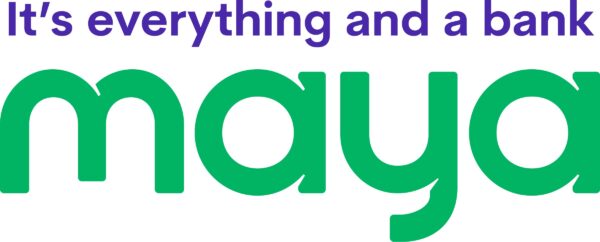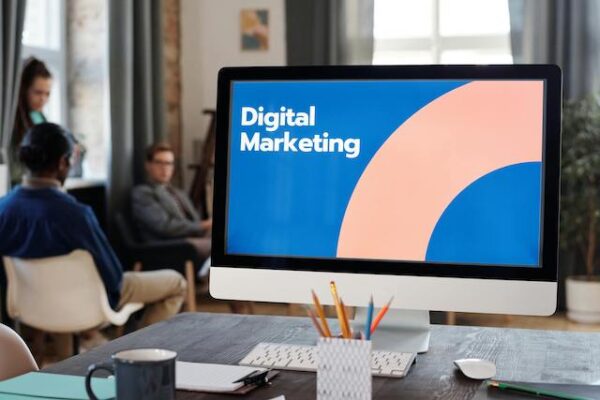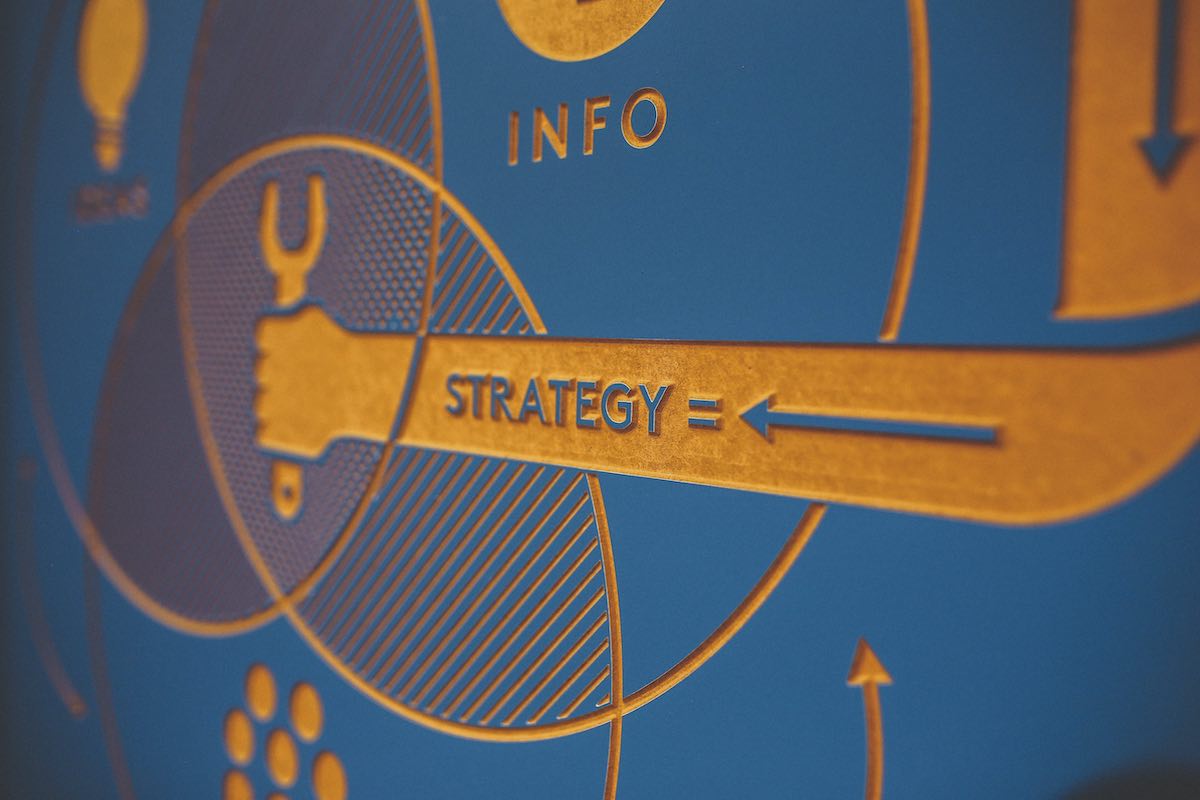For smaller business entities like SMEs and startups, the launch of a new product is not just a matter of bringing something new to the market. Product launches provide opportunities to make a memorable statement about the brand and set the stage for future growth. This pivotal moment requires more than just a great offering, it also requires brands to be strategic about how they introduce that product to potential customers. And though it can be challenging to craft a promotional campaign that is as innovative and compelling as the product itself, the rewards are more than worthwhile.
If your business is currently preparing to come out with a new product, then you’ll definitely want to read up on the things you most need to carry off for a successful launch. Here’s a rundown of practical and effective approaches that resonate with today’s dynamic market trends.

Operational Budget
The foundation of any promotional campaign is its operational budget, a critical aspect that determines the scope and reach of your marketing efforts. An effectively allocated budget ensures that every expense you make contributes to your product launch’s overall success.
First, consider the various facets of your campaign, such as advertising, content creation, social media promotion, and perhaps event hosting. Prepare to fund each of these areas in accordance with their potential impact and your target audience’s preferences. For instance, if your audience predominantly engages with digital content, then prioritizing online advertising and social media marketing might yield better returns than traditional media spends.
In addition to allocating funds for these key areas, be sure to maintain a contingency reserve. This reserve will act as a buffer that you can use to adapt to unforeseen circumstances or capitalize on sudden opportunities that arise during the campaign. Overall, don’t look at your budget as a financial constraint. Try to see it instead as a strategic tool that can guide your allocation of company resources, so that you can effectively balance your ambitions for the campaign with a fiscally responsible approach.

Digital Tools
The rise of digital technologies means that modern customers are becoming increasingly tech-savvy, and in turn, you’ll want to leverage the right tools and solutions to capture their attention. QR payment codes, for instance, come in useful for their ability to streamline the buying process while adding an innovative edge to your promotional campaigns. You might try introducing your new product at a promotional price, exclusive to those who engage with your campaign. Displaying a payment QR code at your brick-and-mortar’s point of sale, posting it on your website, or sharing it via social media or messaging apps makes it easier for your customers to just scan to pay for the new product you’re introducing to the market.
By leveraging an enterprise-class QR code payment solution, such as Maya Business’s Maya QR, you can strategically build hype and accelerate sales for your new product. Because you’ll only have one QR Ph-enabled dynamic QR code, you’ll be able to simplify your payment acceptance at your physical store, avoid in-store clutter, and make payment processing easier even online.

Marketing Strategy and Channels
Effective marketing in the digital age doesn’t stop at simply choosing the right platform. You should aim to utilize various modes of communication, as it’s the synergy between these that will enable you to build a far-reaching, cohesive narrative around your product. Think of your strategy like a tapestry woven from different threads, which may include social media, email marketing, influencer collaborations, and possibly even traditional media like TV or radio, depending on your target audience.
When selecting channels, consider where your potential customers are most active and receptive. Younger audiences, for instance, will frequent different social media sites and online platforms from their older counterparts. Each channel has its unique strengths and audience demographics, and your strategy should leverage these to your advantage.
Moreover, make an effort to keep your messaging consistent across all channels. Your brand voice and product messaging should be uniform, whether a customer encounters your product on Instagram, in an email, or through a Google ad. This consistency helps in building brand recognition and trust, which are crucial for a successful product launch.
Engaging Content
The content you create functions as the beating heart of your promotional campaign. Engaging content is what communicates your product’s value and encourages viewers to share and interact with it. This content can take many forms: educational blog posts, eye-catching infographics, compelling videos, or even interactive webinars.
To create content that truly resonates with your audience, you’ll need to understand their needs, interests, and pain points to a deep level. For example, if your product solves a specific problem, how-to guides or case studies can be effective in illustrating its value. Remember that the goal is not just to inform but to connect and engage. Storytelling can be an especially powerful approach, as this allows you to communicate your product’s features in a way that your audience will relate to and remember.
Collaborations with Reputable Partners
Working with the right people can amplify your product launch’s reach and credibility to degrees that your organization would likely struggle to achieve on its own. Consider working with influencers, industry experts, or complementary brands. These partners can help bring your product to a new audience, and they may even be able to fortify trust in your brand through their endorsement.
When selecting partners, it’s crucial to choose those whose personal values align with your brand values and have a genuine connection with their audience. For instance, if you’re launching a fitness product, partnering with a well-respected fitness trainer or a health-focused influencer can be more impactful than a generic celebrity endorsement.
In addition, make sure that these collaborations are mutually beneficial, whether it’s through co-creating content, sharing audiences, offering exclusive access, or some other means. As these partnerships are ultimately business arrangements, your collaborators will naturally do their best work for you if doing so also adds value to their own operations. Working together for your collective benefit doesn’t just ensure a more authentic collaboration but also sets the stage for long-term positive working relationships that can extend well beyond the product launch.
Successfully launching a new product in today’s competitive market demands more than just innovation, it requires a strategic approach to promotion that resonates with your audience. By smartly leveraging your available resources to craft a well-executed promotional campaign, you set the stage for your product’s success.
Ultimately, the key to a successful launch lies in your ability to effectively connect with your audience and clearly communicate the unique value of your product.
















Leave a Reply